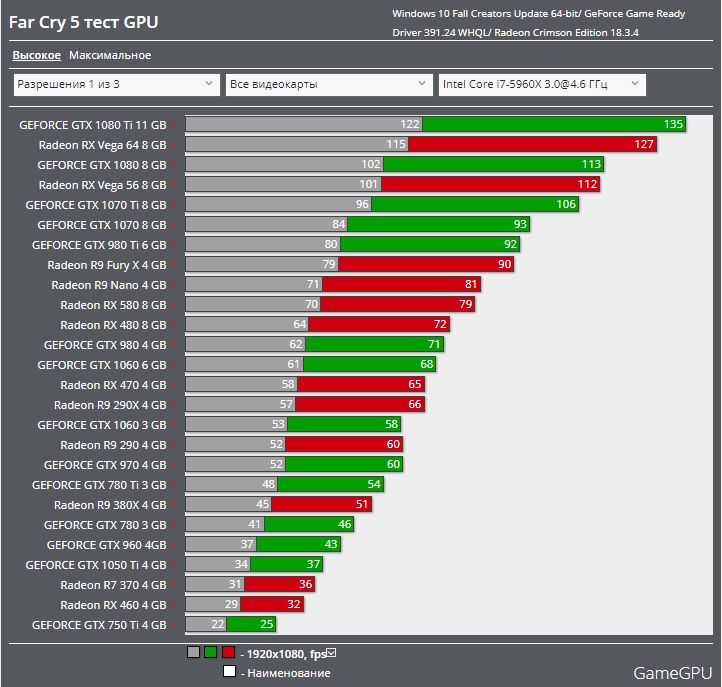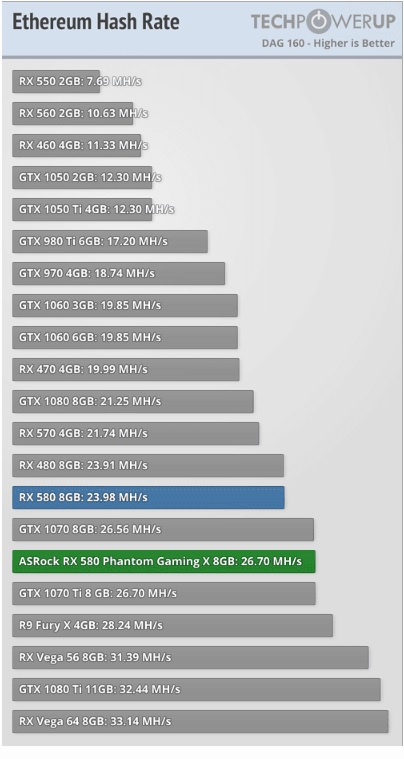nVidia has nothing to succeed GTX 1080 Ti either. Which means there is a very high probability this gaming cards industry just collapses in several years.
Unless, they go to something completely different and save it.
They aren't struggling to top the 1080Ti either - they've shown off two more architectures in varying levels of detail post Pascal and even a stripped out gaming orientated Volta on 12FF would serve as a successor albeit not the most cost effective for nVidia.




 photo hosting
photo hosting
